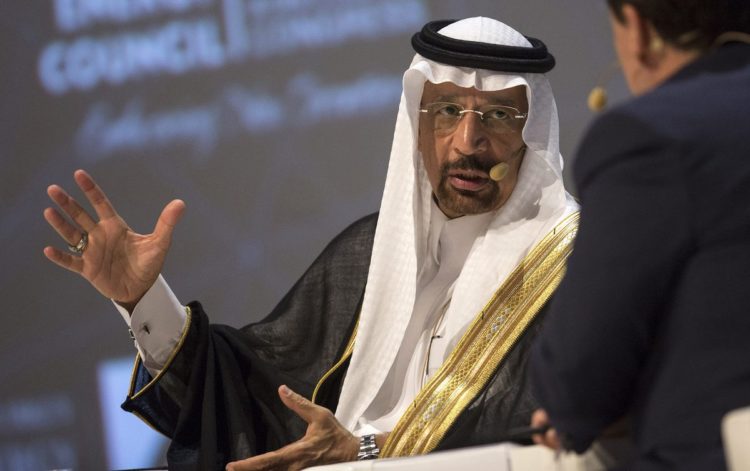Saudi Arabia Is Starting to Stockpile Oil Again: Julian Lee

published Aug 5, 2018, 2:00:13 AM, by Julian Lee
(Bloomberg Opinion) —
The key OPEC oil producers seem to be finding it harder than expected to sell their output overseas. The probable resulting build-up in their stockpiles should at least help them offset the drop in Iranian supplies as U.S. sanctions start to bite deeper.
Crude oil exports from the five Persian Gulf Arab members of OPEC fell by about 1.1 million barrels a day last month, after surging in June, according to Bloomberg tanker tracking.
Some of the spare barrels may have been used locally, either processed in refineries or burnt in power stations. But probably not as much as would have been the case in previous summers.
Take Saudi Arabia, whose oil consumption rises during the hot months as demand for electricity to run air conditioners outstrips the amount available from gas-fired power stations. The use of crude in power generation can rise by as much as 600,000 daily barrels, according to figures from the Joint Organisations Data Initiative. But that has been reduced in the past couple of years as more gas becomes available. Last year it was about 430,000 barrels.
In any case, much of the seasonal increase in oil demand would already have happened by June and summer temperatures in Saudi Arabia haven’t been that high this year. Bloomberg data show temperatures this year dipping below their average for the prior five years from mid-July, although 91 degrees Fahrenheit is plenty hot enough. Still, there’s unlikely to have been an abnormally big upswing in oil consumption for power generation.
If the oil hasn’t been consumed or left the country, it must have gone into local storage tanks – historical data suggest Saudi Arabia has plenty of capacity. The kingdom’s stored crude has been falling for almost three years and continued to drop as Riyadh cut production last year.
Saudi stockpiles fell by 95 million barrels, or 29 percent, between October 2015 and the end of April 2018, according to JODI data. That’s the lowest since 2011. Yet this depletion may be coming to an end. Inventories rose for the first time in seven months in May. There’s clearly room for them to keep rising and good reason too.
The return of U.S. sanctions on Iran has already hit the country’s oil exports, and it’s almost certainly going to get worse. Bloomberg tanker tracking in July shows the country’s crude and condensate exports have already fallen by about 430,000 barrels a day, or 15 percent, from their April peak.
I’ve written before about how producers will struggle to make up for the drop in Iranian exports on top of the decline in Venezuelan flows and disruption in Libya. Building up stockpiles might not have been its deliberate intention, but it will help Riyadh take maximum advantage when Donald Trump’s sanctions really hit.
To contact the author of this story: Julian Lee at jlee1627@bloomberg.net
For more columns from Bloomberg View, visit Bloomberg view
COPYRIGHT
© 2018 Bloomberg L.P



No Comment